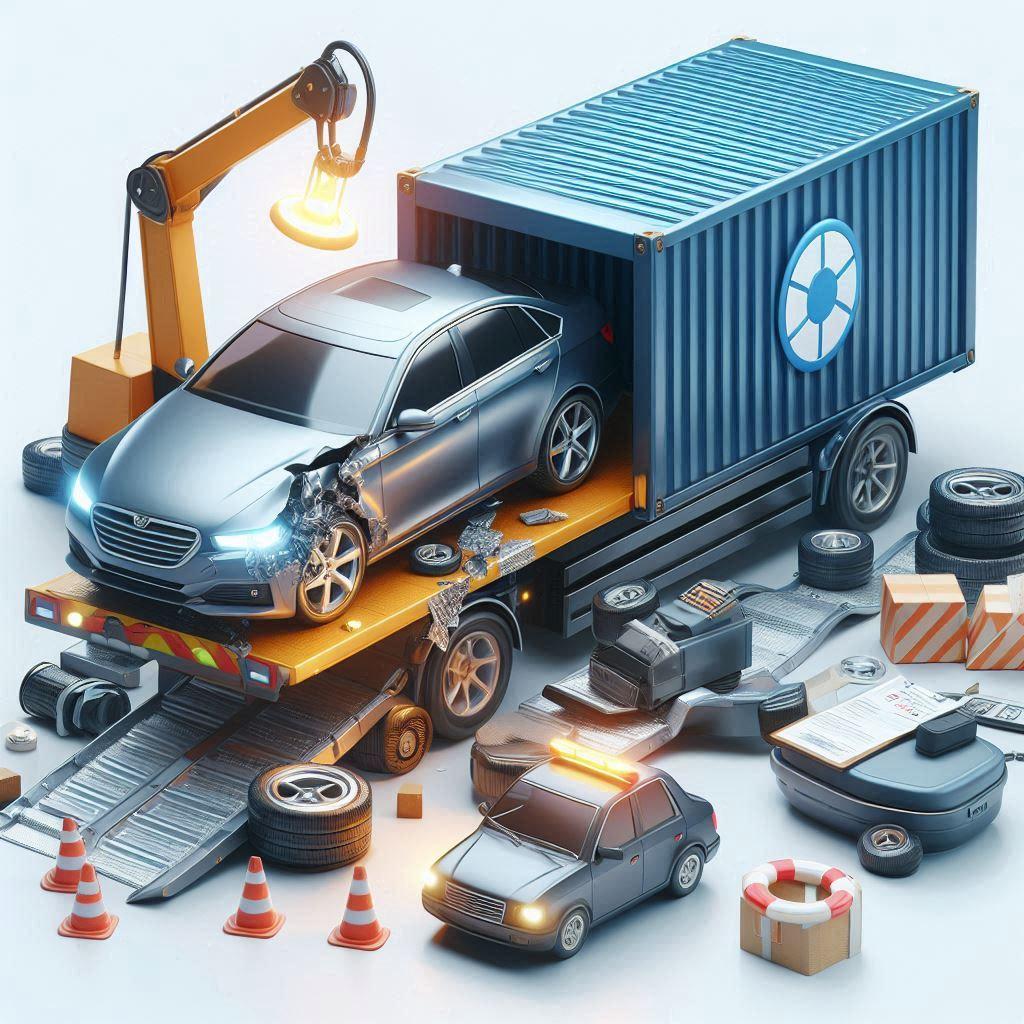Shipping a car across the country can be a stressful experience. With the added worry of potential damage, it’s essential to understand the risks and take steps to protect your vehicle. As an experienced auto transport industry expert, I’ve witnessed firsthand the complexities of car shipping and the importance of proper preparation and knowledge. In this comprehensive guide, we’ll delve into the factors that can cause damage during transport, how to prevent it, and the claims process should the unfortunate happen.
Key Notes

- Protect your car during shipping by choosing a reputable carrier, preparing your vehicle, and understanding insurance coverage.
- Document any pre-existing damage and take photos of your car before shipping to strengthen your claim.
- If damage occurs, promptly notify the carrier, document the damage thoroughly, and follow the claims process diligently.
Understanding the Risks of Auto Transport
While auto transport services are generally safe and reliable, it’s important to be aware of potential risks that could lead to damage. Factors contributing to these risks include:
- Weather conditions: Storms, heavy rain, and snow can impact the condition of your vehicle during transport.
- Road hazards: Potholes, debris, and accidents on the route can cause scratches, dents, or more severe damage.
- Loading and unloading: Improper handling during these phases can result in scratches, dents, or even structural damage to your vehicle.
- Vehicle condition: Older or poorly maintained vehicles are at higher risk of sustaining damage while being transported.
By choosing a reputable auto transport service, you can minimize these risks and ensure your vehicle arrives safely and in excellent condition.
Preventing Car Shipping Damage
To minimize the risk of damage, consider the following preventative measures:
- Choose a reputable auto transport company: Research and select a carrier with a proven track record and positive customer reviews.
- Inspect your vehicle before shipping: Document the vehicle’s condition with photos and a detailed description.
- Prepare your vehicle for transport: Remove all personal belongings, secure loose items, and consider additional protection like car covers.
- Understand the terms and conditions: Carefully review the shipping contract, including insurance coverage and claims procedures.
- Consider additional insurance: While most carriers offer basic coverage, you might want to purchase additional insurance for added protection.
The Claims Process
If your vehicle is damaged during transport, here’s a general outline of the claims process:
- Document the damage: Take photos of the damage from all angles and create a detailed inventory.
- Notify the carrier immediately: Report the damage to the auto transport company as soon as possible.
- Inspect the vehicle thoroughly: Check for hidden damage that may not be immediately apparent.
- File a claim: Follow the carrier’s claims procedures and provide all required documentation.
- Gather evidence: Collect repair estimates, photos, and any other relevant information to support your claim.
- Negotiate a settlement: Work with the carrier’s insurance adjuster to reach a fair settlement.
Tips for a Smooth Claims Process
- Communicate effectively: Maintain clear and open communication with the auto transport company throughout the claims process.
- Be patient: The claims process can take time, so be prepared for delays.
- Seek professional help: If you’re struggling to resolve the claim, consider consulting with an attorney or an automotive damage appraisal expert.
Choosing the Right Auto Transport Service
When selecting an auto transport company, several factors should be considered:
- Reputation and experience: Look for companies with a strong track record and positive customer reviews.
- Insurance coverage: Ensure the carrier offers adequate insurance protection for your vehicle.
- Cost: Compare prices from multiple carriers, but avoid choosing the cheapest option if it means sacrificing quality or service.
- Customer service: Evaluate the company’s responsiveness and willingness to assist you.
Additional Tips for Shipping Your Car
- Timing is crucial: Consider the best time of year to ship your car to avoid potential weather-related issues.
- Vehicle preparation: Take the time to properly prepare your vehicle for transport to minimize the risk of damage.
- Communication is key: Stay in touch with the auto transport company throughout the shipping process.
By following these guidelines and working with a reputable auto transport company, you can significantly reduce the risk of car shipping damage. Remember, proper preparation and knowledge are essential for a successful and stress-free car shipping experience.
Conclusion
To ensure a smooth car shipping experience, choose a reputable auto transport company, prepare your vehicle properly, and understand your insurance coverage. Document your car’s condition before shipping and follow the claims process diligently if damage occurs. Effective planning and communication are key to minimizing risks and handling any issues efficiently, making your car shipping process as stress-free as possible.






